קלינטק
הקלינטק הינו תחום מחקר המתפתח במהירות וכולל מגוון רחב של מוצרים, שירותים, ותהליכים, אשר מיועדים לספק ביצועים טובים לפחות כמו הטכנולוגיות הנוכחיות אבל עם השפעה ידידותית על הסביבה והגברת הבר-קיימא. חוקרי BINA בננו-קלינטק הינם מובילי ידע בפיתוח חומרים ושיטות מתקדמות בתחום הייצור של אנרגיה חלופית, שינוי אקלים, זיהום מים ו"כימיה ירוקה", המהווים את הליבה למגוון רחב של שיתופי פעולה תעשייתיים מבטיחים.
- פיתוח גישות חדשות לפירוק ביו-פילמים מזיקים
- אלקטרודות פחמן מיקרו-נקבוביות דו-שכבתיות להתפלת מים
- לכידה והפרדה של פחמן דו-חמצני ממי האוקיינוס
- דלקים מבוססי פחמן
- חומרים מרובים המרכיבים תאים סולריים
- למידת מכונה
- חיישנים מבוססי פלזמונים לזיהוי זיהומים במים
Researchers
-
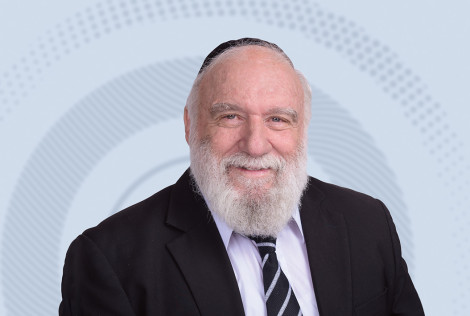
פרופ' דורון אורבך
972-3-531-8317
What are the true horizons for Lithium-Ion Batteries that can promote and advance the electro-mobility revolution in the 21-st century?
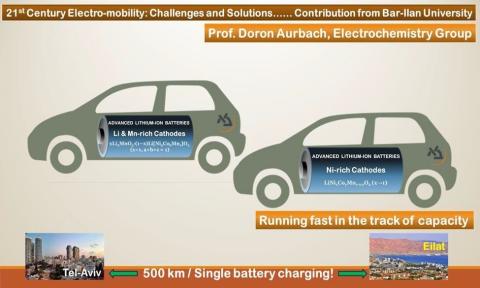
We develop the most energetic, high capacity cathodes for Li ion batteries, most suitable for use in electric vehicles. We focus on developments and modifications by cation (Al3+, Zr4+, Mo4+) and anion (F-) doping and surface coatings (Al2O3, AlF3, ZrO2) of materials for positive electrodes (cathodes) of two promising families of lithiated transition metals oxides: Li & Mn-rich xLi2MnO3·(1−x) Li[NiaCobMnc]O2 (x<1, a+b+c=1) and Ni-rich LiNixCoyMn1-x-yO2 (x→1) materials respectively. Our group has extensively worked on the above issues during the last 8 years, aiming at understanding:
A. How does the surface modification of Li & Mn-rich compounds can change the activation process during charging?
B. Capacity and voltage fading during cycling and stabilization mechanisms of the above important cathode materials.
Intrinsic properties of Ni-rich materials, like poor electronic conductivity, thermodynamic instability in charged state etc.
-


The Biofilm Research Laboratory
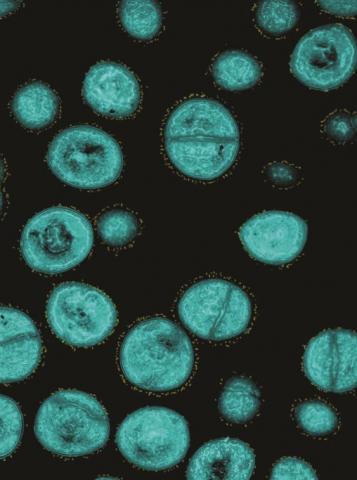
• Bacterial biofilms
• Nanoparticles with anti-biofilm properties
• Bacterial virulence
• Bio-ethanol production -

פרופ' אהרון גדנקן
972-3-531-8315
Nanochemistry
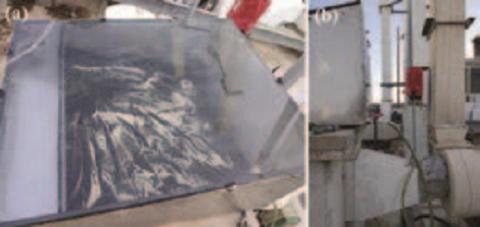
Developing new methods (sonochemistry, microwave dielectric heating, sonoelectrochemistry, and RAPET) for the fabrication of nano materials.
• Developing nano materials for various applications -
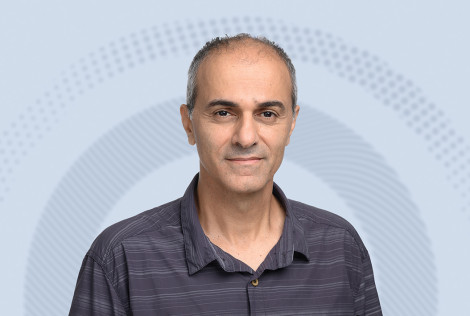
פרופ' גיל גובס
972-3-5317390
Biomaterials and Advanced Materials group
Research in my group has been focused on revealing and explaining the fundamental interactions that underlie inorganic material formation in nature, a process known as biomineralization. We particularly make use of our expertise in solid-state NMR spectroscopy to analyze the rudimentary processes of biogenic material formation in atomic/molecular level. Unveiling the structure/activity relations in these specialized biomolecules involved in regulation of solid biomaterial formation has been particularly elusive. Using these findings, we develop new biomaterials for hard tissue applications based on rationale guidelines. We implement NMR characterization in materials research to understand interfaces between nanomaterials at great detail and employ molecular insights to design concept materials that are more environment friendly.
-

פרופ' דוד זיתון
972-3-738-4513
The current research focuses on the investigation of the chemical synthesis of materials to promote renewable and green energies
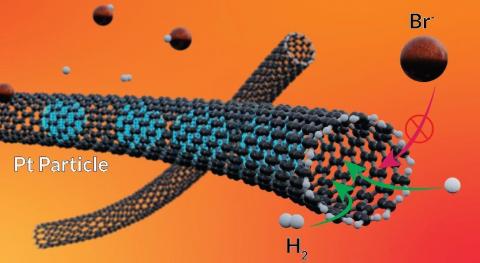
• Photovoltaics and energy storage (batteries and capacitors)
• Inorganic synthesis of semi-conductors, metals and oxides
• Magnetic properties of materials
• Nanostructures: from individual nanoparticles to functional materials -
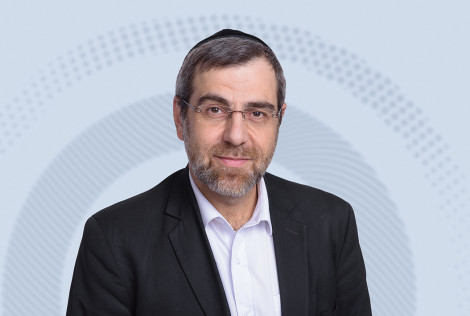
פרופ' דניאל נסים
972-3-738-4540
Synthesis of 1D & 2D nanostructures
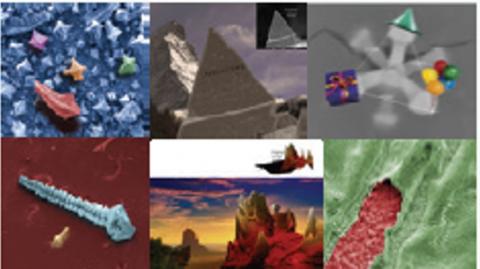
• Synthesis of carbon nanotubes and understanding of growth mechanisms
• Synthesis of 2D nanocarbons (graphene, GO, rGO)
• Synthesis of 2D metal / sulfidesphosphides - selenides
• Application of synthesized nanostructures to batteries, supercapacitors, fuel cells, heterojunctions, sensors -
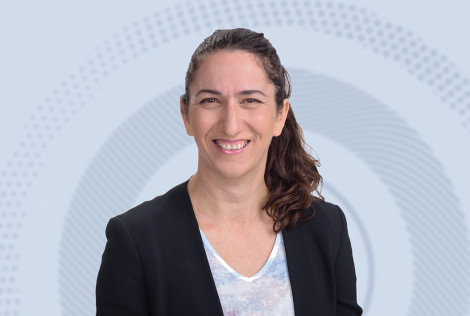
פרופ' עדי סלומון
972-3-738-4235
Light-matter interaction at the nanoscale
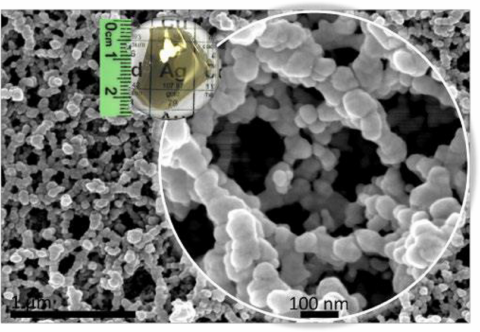
The overall goal of my laboratory is to develop, fabricate and to use plasmonic systems as a ‘photonic environment’, or even as a ‘photonic catalyst’. In general, we aim at opening new routes for photochemical processes/reactions on surfaces by controlling the electromagnetic-field properties at the metal surface, that is, to do, 'chemistry with plasmons'.
-
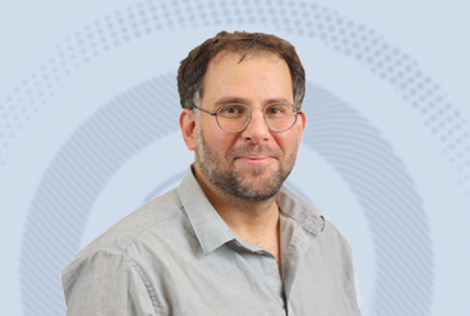
Theoretical and Computational Research on Polymers in Materials and Biophysics
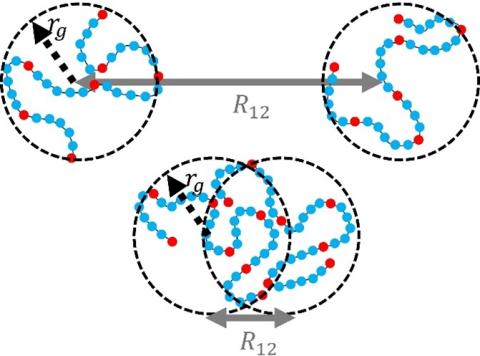
Our research focuses on understanding the structure and dynamics of polymers through theoretical models and computational simulations. In biophysics, we study how intrinsically disordered proteins interact and examine the formation and properties of biopolymer condensates created through liquid-liquid phase separation. In materials science, we investigate how small molecules move through polymer membranes and analyze the elasticity of interpenetrating polymer networks. Throughout our research, we seek to understand the molecular mechanisms behind these phenomena and validate our findings using molecular dynamics simulations. We conduct simulations of polymer solutions, polymer assemblies, and polymer networks, and test the effects of external stimuli on these systems. Our long-term goal is to develop quantitative theories that can predict the properties of polymeric materials and that will eventually allow the rational design of new materials.
-

פרופ' עמוס שרוני
972-3-738-4516
Phase transitions on the nano-scale
- Spintronics
- New Temperature Coefficient of Resistance (TCR) materials
- Organic/SC hybrid



